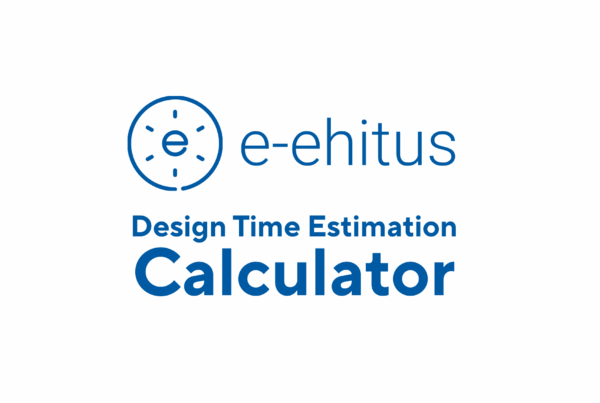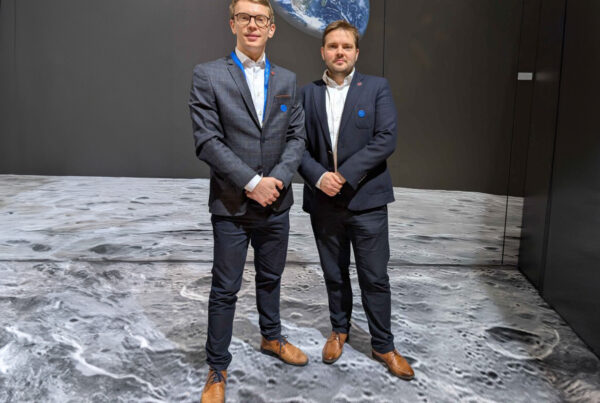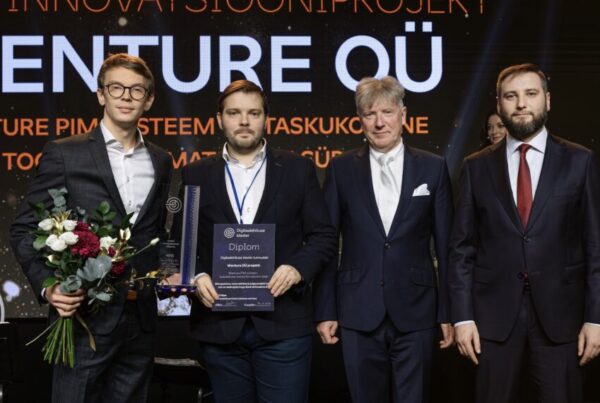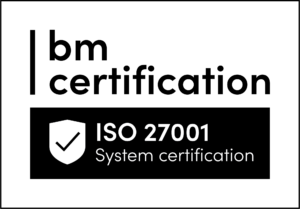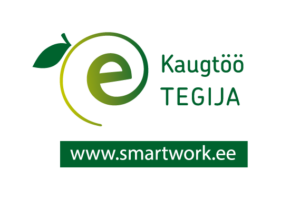Estonian IT companies Wenture and Finestmedia are embarking on the next phase of development for the Building Register, resulting in a significantly faster processing of construction and usage permits.
According to Kaur Tull, the CEO of Wenture, which focuses on digitalizing the construction and production industries, addressing the weaknesses of the Building Register (EHR) is an exciting challenge for the Finestmedia-Wenture partnership. This innovative platform, which is quite unique and forward-thinking, has garnered the attention of international experts, as well as local stakeholders who are closely following the development of EHR with great interest.
“At this stage of development, among other things, we are focusing on the process of issuing construction and usage permits. Our goal is to eliminate the time-consuming process of repeated coordination during updates from any department – previously, when any agent proposed changes, the entire document had to be re-uploaded, and all officials had to review the entire project from start to finish. One can only imagine how much unnecessary work and effort was required for the processing of more than 12,000 construction permits and 8,600 usage permits annually in Estonia,” said Tull.
Kaur Tull is pleased to acknowledge that the Estonian public sector has established strong mechanisms for monitoring and regulating the construction industry. “The fact that EHR developments aim to provide even better opportunities for users, making construction-related processes clearer and more transparent, undoubtedly deserves recognition,” says Tull.
“The fact that EHR developments aim to provide even better opportunities for users, making construction-related processes clearer and more transparent, undoubtedly deserves recognition,” says Tull.
According to Wenture’s CEO, one of the most exciting upcoming changes is the acceptance of construction projects based on BIM models. “BIM technology allows for automatic project checks, which should significantly reduce processing time if the uploaded BIM models meet the established requirements,” he promises.
“BIM technology allows for automatic project checks, which should significantly reduce processing time if the uploaded BIM models meet the established requirements.”
However, he clarifies that this doesn’t mean that the upcoming work will be easy. “the Building Register as a whole is a very complex system composed of many software components. On one hand, this requires us to set up the EHR system correctly, and on the other hand, it also requires proper BIM models. Ultimately, the efficiency of EHR also depends on continuous updates, regular maintenance, and collaboration among various institutions,” adds Kaur Tull.
Finestmedia’s partner and CEO, Jan Urva, also highlights the complexity of the new development phase. “the Building Register is a highly complex and data-intensive ecosystem, and its development is an exciting undertaking for the entire team. I am confident that, thanks to the broad development expertise of the Finestmedia-Wenture partnership and their expertise in the construction sector, we are a worthy partner for the Ministry of the Environment,” says Jan Urva.
“The Building Register is a highly complex and data-intensive ecosystem, and its development is an exciting undertaking for the entire team. I am confident that, thanks to the broad development expertise of the Finestmedia-Wenture partnership and their expertise in the construction sector, we are a worthy partner for the Ministry of the Environment.”
According to Finestmedia’s CEO, the decision to submit a proposal for the Building Register development project in collaboration with Wenture was made because Wenture is an experienced expert in the construction industry.
“We see great potential in this collaboration and a long-term perspective because Wenture understands the specifics and peculiarities of the construction sector. This partnership will be a valuable addition to our more than 20 years of experience in developing extensive public and private sector systems in Estonia. There are probably very few areas in Estonian public sector services where the hands of Finestmedia’s people have not made a contribution,” notes Urva.
Both collaboration partners emphasize that contributing to the development of Estonia’s e-government infrastructure is an honor, and they promise to do their best to make the construction industry more sustainable. Jan Urva adds that hopefully, e-construction development will bring a breath of fresh air to the entire sector. “I believe that looking back in a few years, we can proudly say that we have taken a big step towards the digitalization of the construction industry.”

